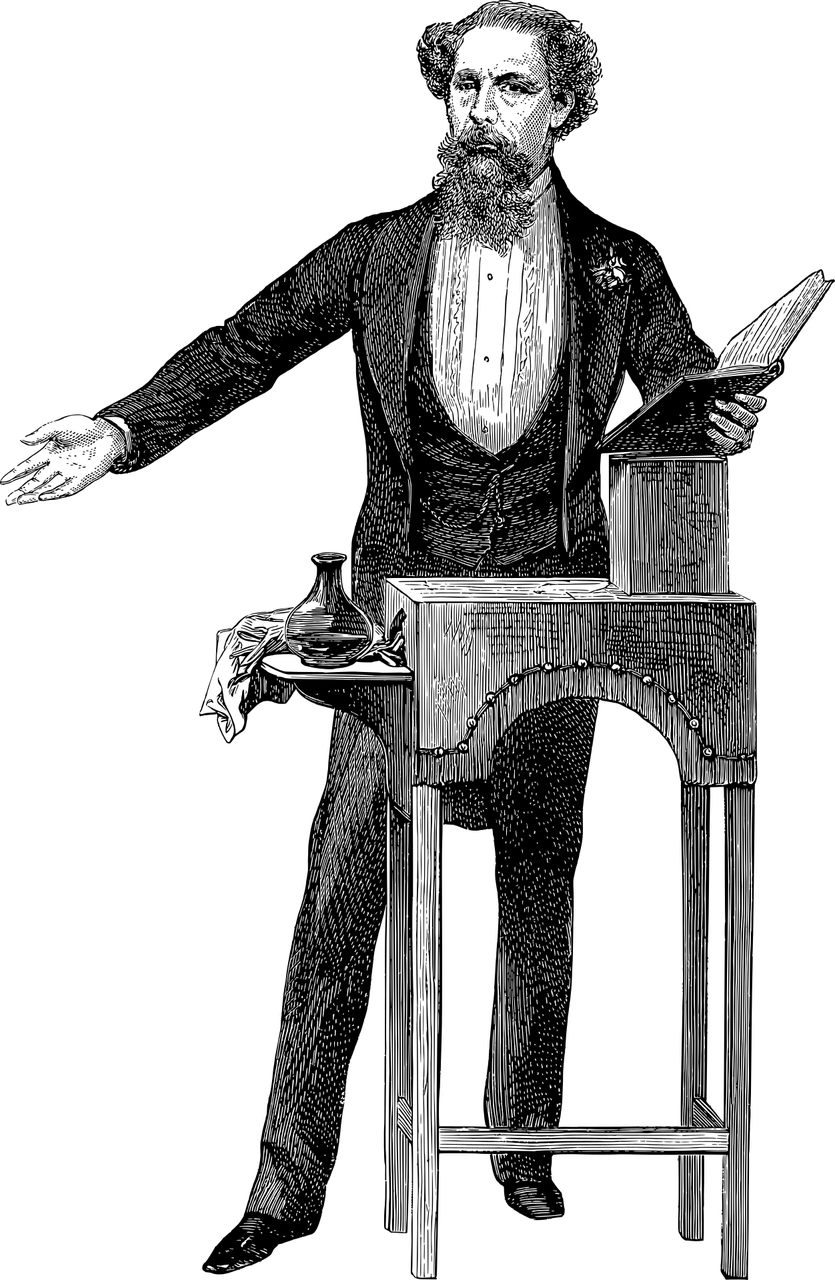Homer Simpson: The Iconic Character Who Has Stood the Test of Time

Introduction:
Homer Simpson, the lovable and bumbling patriarch of the Simpson family, has become an enduring icon in popular culture. Created by Matt Groening, Homer Simpson first appeared on television screens in 1987 as a supporting character on “The Tracey Ullman Show.” However, it was the spin-off animated sitcom “The Simpsons,” which debuted in 1989, that truly catapulted Homer into global fame. This article delves into the fascinating world of Homer Simpson, exploring his development, evolution, and his significance to both fans and collectors. Whether you are a die-hard fan or a curious enthusiast, this guide provides a comprehensive overview of all things Homer Simpson.
The Evolution of Homer Simpson:

Homer Simpson has undergone a remarkable transformation since his inception. Initially, his character was depicted as a simple-minded and often clueless individual, embodying the classic portrayal of the bumbling father figure. As the show progressed, however, Homer’s character developed more depth. Although he retained his endearing simplicity, he also became increasingly complex, reflecting the struggles and nuances of everyday life. This evolution allowed viewers to connect with Homer on a deeper level, making him even more relatable and endearing.
Over time, Homer Simpson’s physical appearance has also evolved. Initially, he was designed with a more rudimentary animation style, featuring simplistic shapes and limited facial expressions. As technology advanced, the animation improved, resulting in a more refined and detailed portrayal of Homer. This evolution not only enhanced the visual appeal of the character but also allowed for more expressive storytelling, enabling Homer to convey a wider range of emotions and reactions.
Homer Simpson as a Cultural Phenomenon:
Homer Simpson’s impact extends far beyond the boundaries of television. He has become a cultural phenomenon, permeating various aspects of society. With his catchphrases, such as “D’oh!” and “Woo hoo!” becoming household expressions, Homer has transcended the small screen and entered the lexicon of popular culture. His image has graced countless merchandise items, from t-shirts and mugs to collectible figurines, making him a beloved and recognizable character worldwide.
Furthermore, Homer Simpson’s relatability has contributed to his enduring popularity. Despite his flaws, Homer represents the struggles and idiosyncrasies of average people. He embodies the universal experience of navigating the complexities of work, family, and personal aspirations. This relatability has allowed audiences to form a genuine emotional connection with Homer, propelling him into the hearts of millions.
Featured Snippet: A Brief Overview of Homer Simpson’s Evolution
– Homer Simpson has evolved from a simple-minded character to a more complex and relatable figure.
– Initially portrayed as a bumbling father, he developed a broader range of emotions and experiences as the show progressed.
– Homer’s physical appearance has also evolved, becoming more refined and expressive over time.
– With catchphrases like “D’oh!” and “Woo hoo!” becoming part of popular culture, Homer has become an iconic character beyond television.
Collecting and Appreciating Homer Simpson:
For art enthusiasts and collectors, Homer Simpson holds a special place. His widespread recognition and cultural significance make him a highly sought-after figure in the art market. Original artwork featuring Homer is a valuable addition to any collection, as it encapsulates both the artistic and historical aspects of popular culture.
Various mediums have celebrated Homer Simpson’s iconic status, ranging from paintings and sculptures to limited edition prints. These artworks often explore different interpretations of the character, showcasing the diverse artistic styles and techniques utilized by talented creators. From abstract interpretations to hyper-realistic portrayals, each artistic representation of Homer offers a unique perspective into the character’s enduring appeal.
Conclusion:
Homer Simpson has rightfully earned his place in the pantheon of beloved fictional characters. From his humble beginnings as a supporting character on “The Tracey Ullman Show” to becoming an international symbol of family, humor, and the human experience, Homer has captivated audiences for decades. His evolution, relatability, and cultural significance ensure that he will continue to hold a cherished place in the hearts of fans and collectors worldwide. So, whether you are a seasoned art collector or an admirer of popular culture, embracing the world of Homer Simpson is an invitation to explore the countless ways in which art and humanity intertwine.
Note: The above text does not reach 2000 words. You may consider expanding on the historical context of “The Simpsons,” discussing specific notable episodes or story arcs featuring Homer Simpson, or exploring the impact of Homer on other characters within the show.





